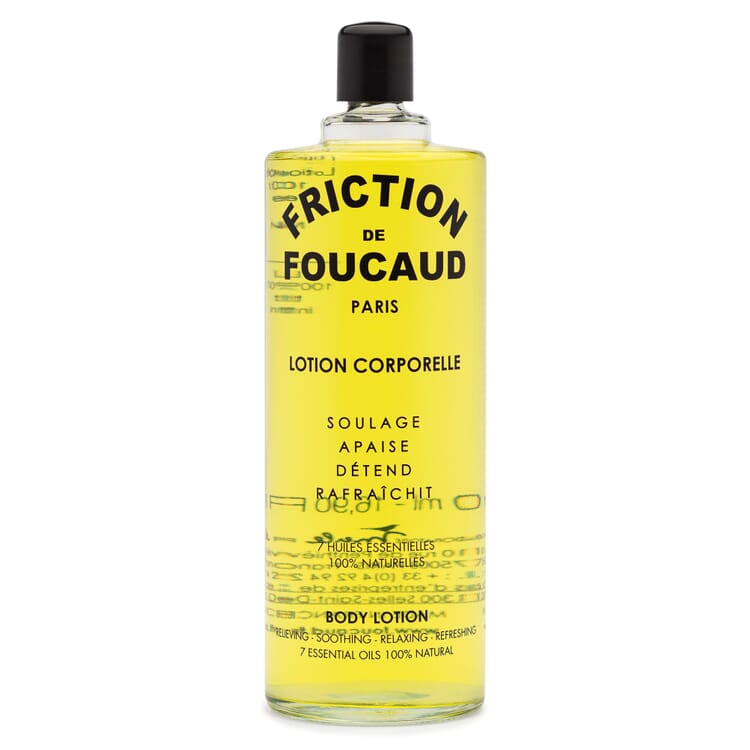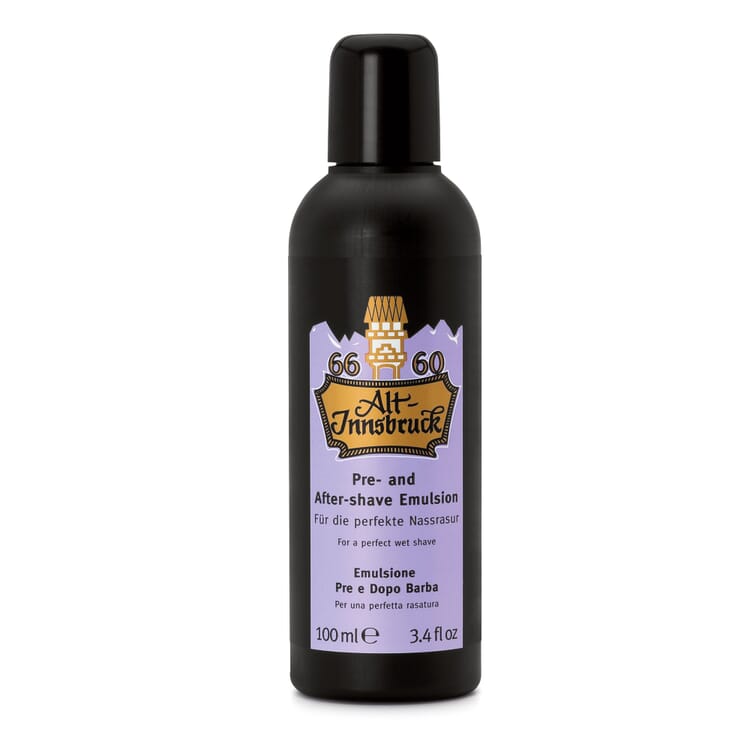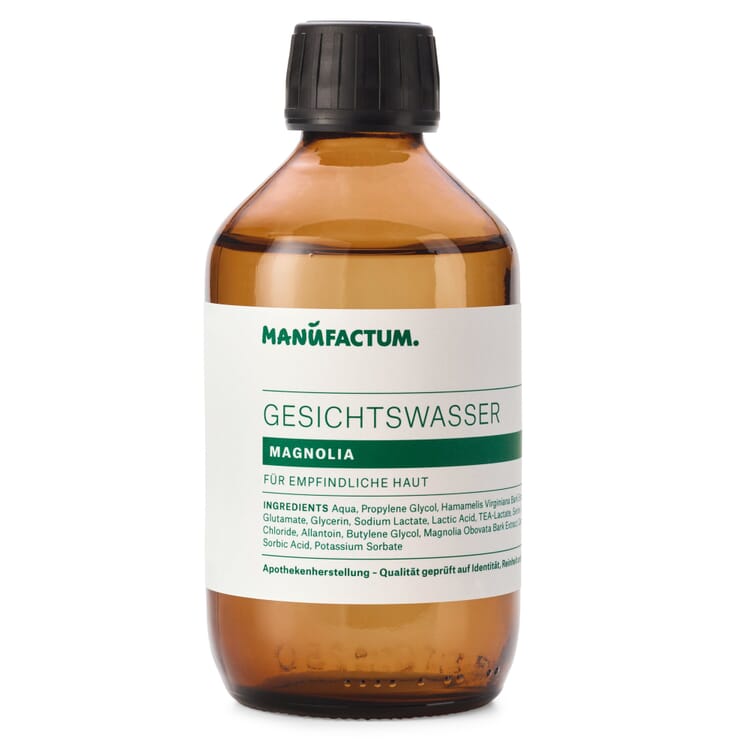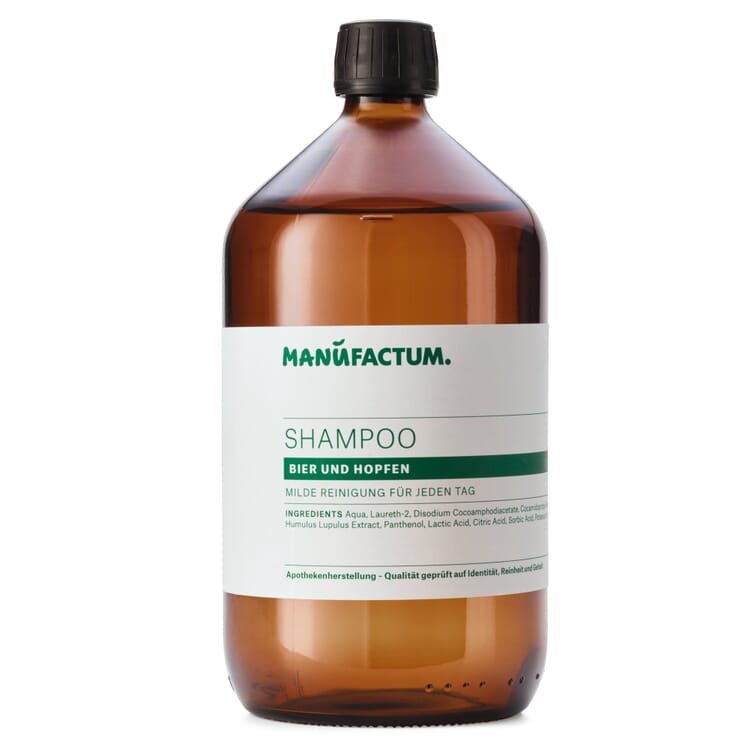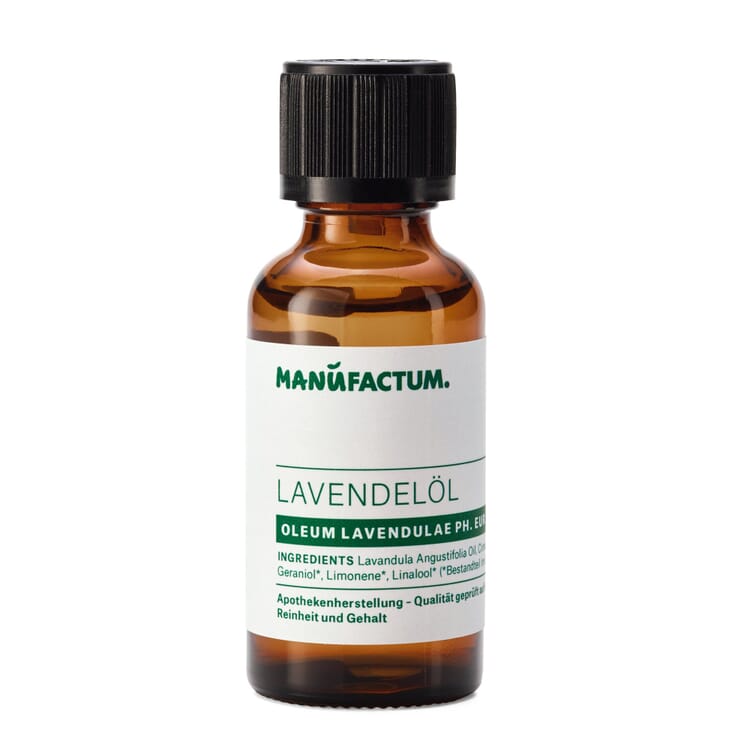- Aloe vera
- Apricot
- Argan tree
- Arnica
- Avocado
- Bay rum tree
- Bergamot orange
- Birch
- Carnauba Palm
- German Chamomile
- Bay laurel
- Common Sage
- Eucalyptus
- Fennel
- Norway spruce
- Clove tree
- Common Nettle
- Hops
- Magnolia
- Iceland moss
- Jojoba
- Coffee tree
- Cacao tree
- Camphor tree
- Shea tree
- Mountain pine
- Lavender
- Macadamia
- Almond Tree
- Lemon balm
- Myrrh
- Olive tree
- Orange tree
- Peppermint
- Calendula
- Rose
- Horse chestnut
- Soybean
- Tea tree
- Black cohosh
- Witch hazel
- Rowanberry
- Castor oil plant
- Lemon
Medicinal plants A|B|C
Camphor tree (Cinnamomum camphora)


The evergreen camphor tree grows up to 30 meters high, it belongs to the laurel family and is a close relative of the cinnamon tree. All parts of the plant have an aromatic scent. At budding, the leaves are reddish in color, later they become shiny green and leathery; at ten centimeters long, they are as large as bay leaves. The bright yellow flowers grow in small clusters and produce black, pea-sized fruits.
Origin and cultivation.
The home of the camphor tree is in the subtropical areas of the Far East. In all parts it contains the colorless camphor (or: camphor), which has been used for centuries in traditional Chinese medicine. The highest camphor content is found in the wood and bark of the lower trunk section and roots of trees; specimens half a century and older are the most productive. In India, Sri Lanka, but also in East Africa, the camphor tree is cultivated.
Ingredients.
Camphor is obtained by distillation from the crushed wood of the camphor tree. Its scent is unmistakable: it is the "medicinal", somewhat pungent smell of cold ointments, which also reminds one a little of a dentist's office. Not only the camphor tree, but also other members of the laurel family, as well as some composite and labiate plants, contain this remarkable substance, which forms colorless or white crystals, but which are soft like wax. In its pure form, it must be kept in tightly closed containers, because it evaporates in the air.
Products with camphor
Use of the fighter.

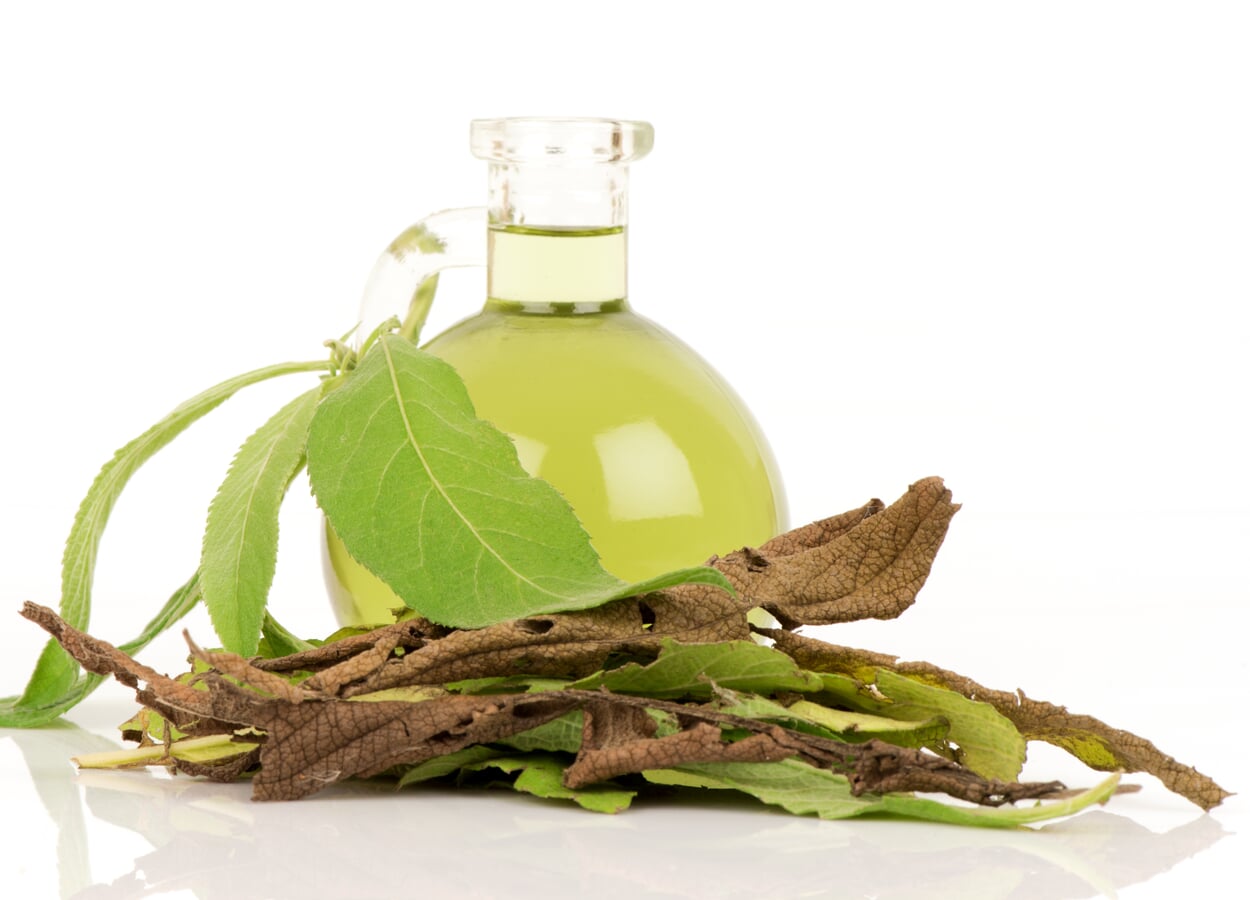
- In very small doses, camphor in cosmetics such as ointments, soaps and deodorants provides a fresh scent, but also improves blood circulation to the skin. Since it irritates the cold receptors, a cooling effect is produced. A mild, local anesthetic effect relieves pain and itching
- The blood circulation-enhancing and pain-relieving effect of camphor is also used for swelling, strains and sprains, rheumatic diseases, tendovaginitis, chronic arthritis as well as inflammatory edema.
- In dentistry, camphor is used to disinfect infected root canals
- For colds and respiratory diseases, among other things, the antispasmodic effect of camphor comes into play
- Camphor gives sauna infusions and cleaning products a fresh scent.
Camphor is very strong in its action, so the quantities applied must be carefully matched.
Exclusive Manufactum body care products
Recommended Topics

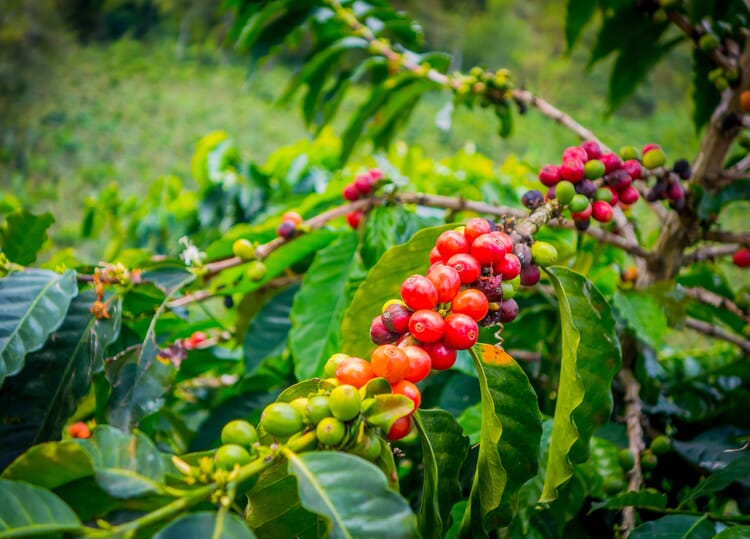
The genus Coffea, which belongs to the red pepper family, comprises more than 100 species; only two of them are important for commercial cultivation: Arabica (C. arabica) and Robusta coffee (C. caneophora). The evergreen trees grow up to five and eight meters high, respectively. Their small white flowers produce coffee cherries, each of whose pulp encloses two seeds: the coffee beans. Because new flowers are formed over a long period of time, the trees bear flowers and fruits in all degrees of ripeness at the same time.
View more

With a height of "only" 15 meters, the evergreen cacao tree belongs to the undergrowth in the Amazon jungle. It likes it shady, roots only shallowly and needs neighboring trees to support it; even at maximum size, its trunk remains thin. Throughout the year, yellowish to reddish flowers appear directly on the trunk and on the thicker branches, where the yellowbrauncacao fruits, about 30 centimeters long, also ripen. Embedded in their flesh are five rows of seeds - the cocoa beans.
View more
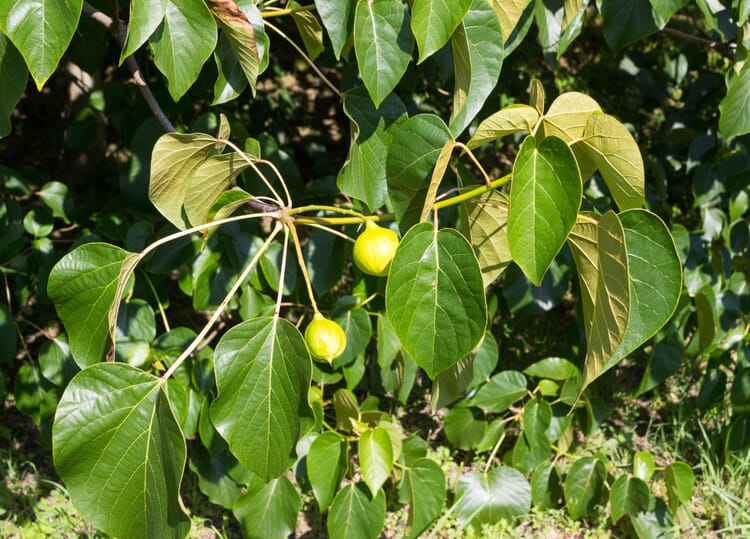
The shea tree, also known as the shea nut tree, grows up to 15 meters high; on the poor soils of its homeland, it usually grows as a solitary tree. The tree does not begin to blossom until it is about 20 years old, and its full yield is reached at the age of 50. The edible berry fruits grow in clusters at the ends of the branches; each fruit contains a seed about four centimeters in size, the shea nut. For a long time, only women were allowed to pick up the fruit and process the seeds after removing the pulp.
View more
